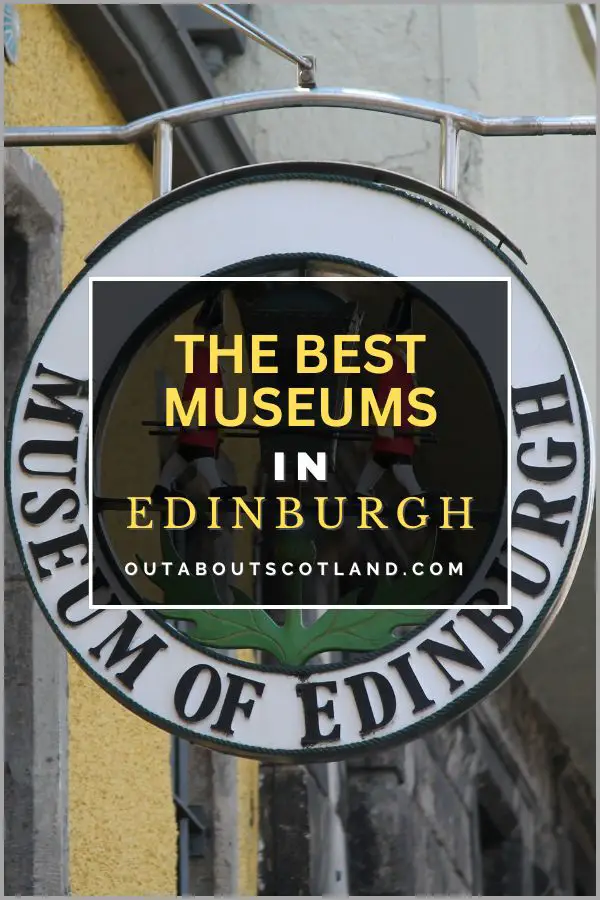Dean Village in Edinburgh is a historic city suburb that was once the home of mills and industries that used the nearby Water of Leith. Although the water-powered mills are long gone, many of the original mill buildings remain, most of which are protected and therefore unaltered from the time they were built over 100 years ago.
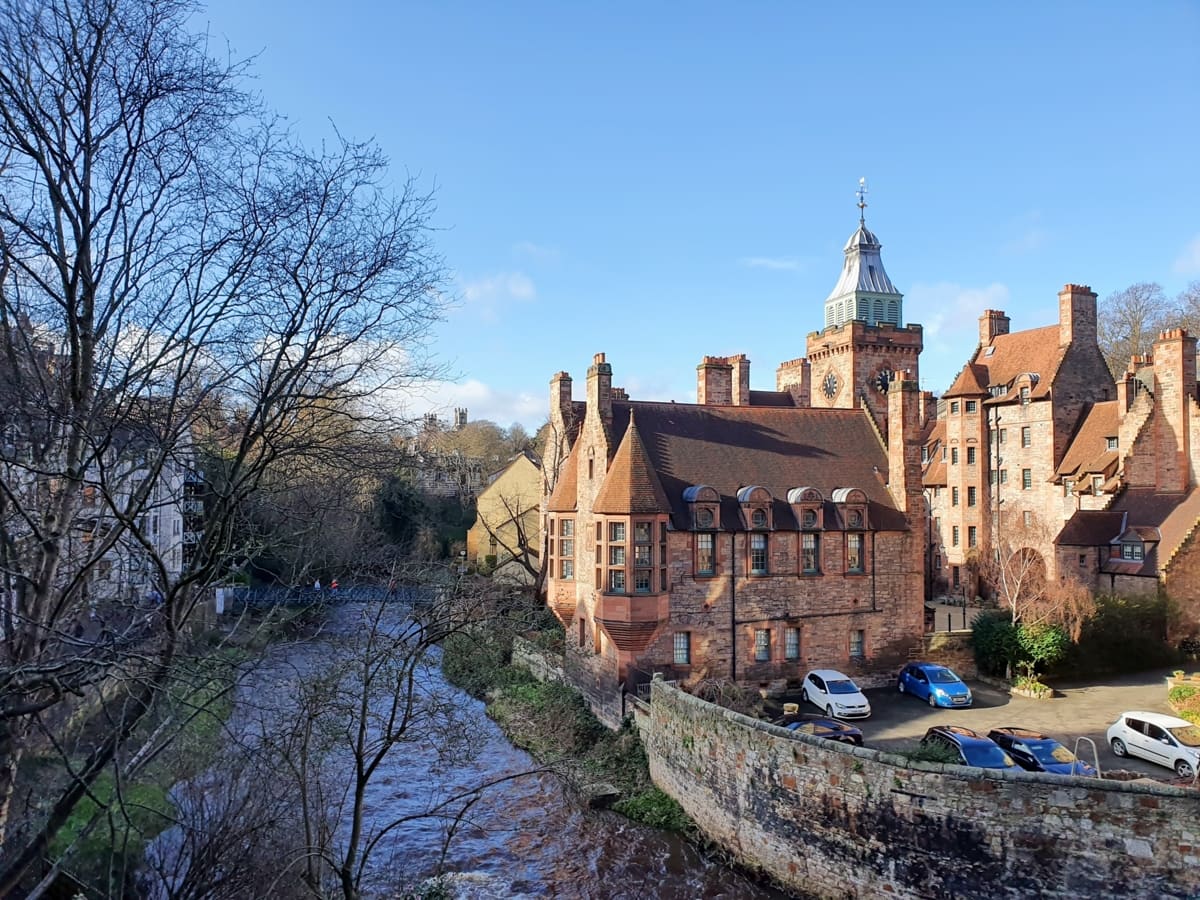
| Address: | Dean Path, Edinburgh, EH4 3AY |
| Opening Hours: | Dean Village is accessible 24/7, 365 days a year. |
| Admission Price: | There is no fee to visit Dean Village. |
| Parking: | There is no parking available within Dean Village except for residents. Roadside parking in the surrounding area is predominantly for permit holders only. |
| Contact: | NA |
| Facilities: | There are no facilities within Dean Village. There are a multitude of visitor facilities including toilets, shops, and restaurants heading towards Princes Street from Lynedoch Place. |
| Photos: | Virtual Tour YouTube Video |
Overview
If you were to follow the Water of Leith through Edinburgh, you’d eventually arrive at one of the city’s most beautiful areas – the historic suburb known as Dean Village. Formerly the site of a major grain milling industry that lasted over 800 years, Dean Village is now perhaps best known for the historic buildings that feature in so many iconic photos of the city.
While the milling industry has long since faded into history, hints of its heritage can still be seen in the remaining mill buildings that are scattered throughout the area, making a walk there feel like taking a step back in time.
Today, the Water of Leith isn’t quite as important to Edinburgh as it was in the era of the mills, but it offers some lovely walks and the scenery is so picturesque that it’s easy to forget you’re in the middle of a big city. It’s quite remarkable that this peaceful riverside setting is less than a mile from the hubbub of Princes Street, though it does get busy at times, especially during the peak tourist season (June to August).
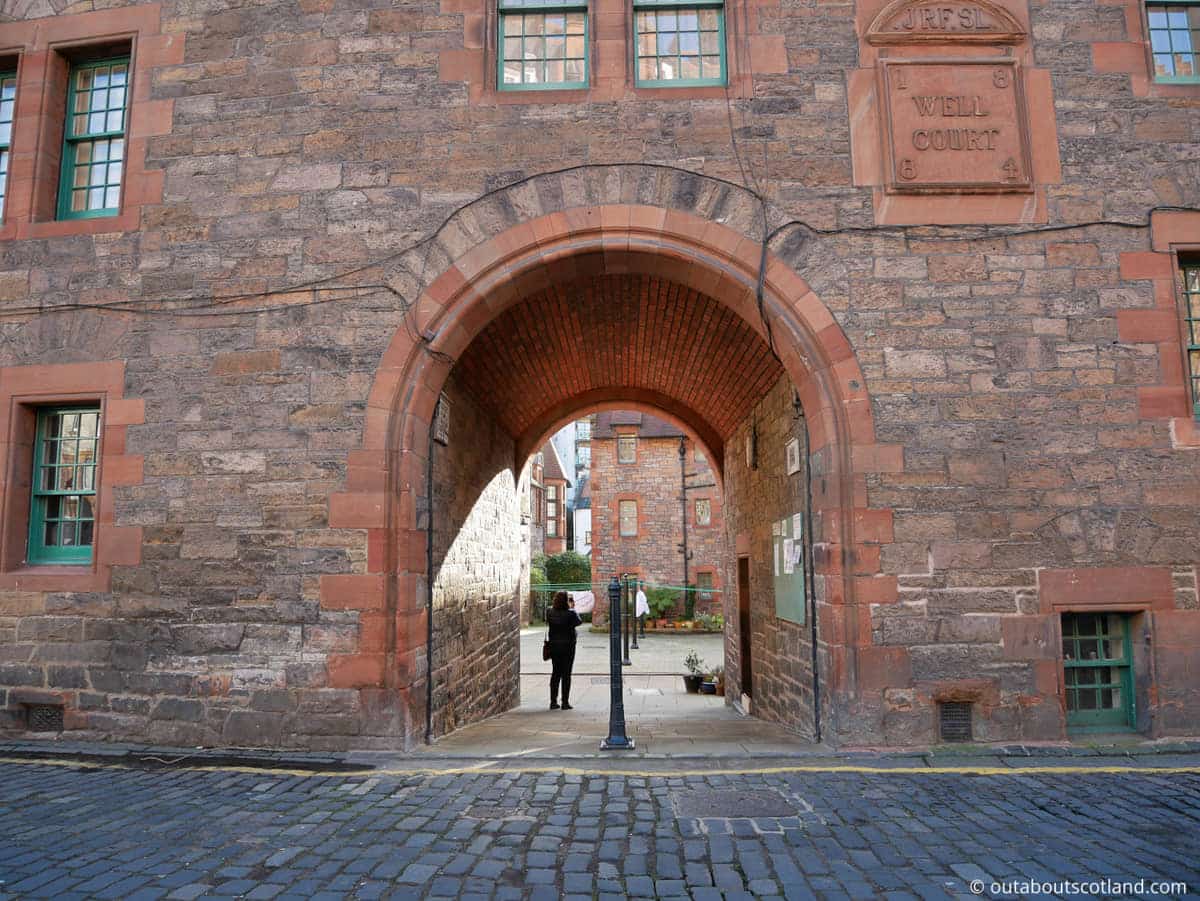
There’s a lot to see when you visit Dean Village, including the 400-foot-wide Dean Bridge that rises an impressive 106 feet above the Water of Leith. The original owners of the Dean estate, along with a group of impartial trustees, built the bridge between 1831 and 1832 with the help of the famous engineer Thomas Telford, and it’s now one of the most-visited parts of the village.
Dean Bridge was instrumental in the development of Edinburgh as it allowed commercial vehicles to travel from one side of the Dean Valley to the other, vastly improving access to and from the western side of the city. Today, you can walk under the bridge as you follow the Water of Leith towards the Scottish National Gallery of Modern Art, or you can walk across it to soak up the outstanding views over the river.
Another nearby site of historical interest is Dean Cemetery, which became the fashionable burial ground for the middle and upper classes after its construction in 1846 by the renowned Edinburgh architect David Cousin. In addition to being renowned for its collection of ornate headstones and monuments, Dean Cemetery is one of the few cemeteries in Britain to retain features from the 1840s thanks to the restoration works carried out by the privately managed Dean Cemetery Trust.
Other highlights of Dean Village are:
- Well Court: This is perhaps the most iconic building in Dean Village. Designed by architect Sydney Mitchell in the 1880s, Well Court was originally built as model housing for local workers. It’s a striking example of the Scottish Baronial style, with its red sandstone façade, crow-stepped gables, and a distinctive clock tower that adds to its fairy-tale appearance.
- Bell’s Mills: Although much of the mill buildings have been converted into modern housing, the remnants of Bell’s Mills still bear the hallmark of Edinburgh’s milling history. The mill buildings and the remnants of the waterwheels serve as a physical reminder of the village’s industrial past.
- St. Bernard’s Well: A little walk from the centre of Dean Village will lead you to St Bernard’s Well, a neoclassical temple-like structure with a statue of Hygieia, the Greek goddess of health, inside. The well was a popular water cure spot in the 18th century.
- Millstone sculptures and bakery insignias: As you explore the village, you’ll notice various millstones embedded in the walls or lying around, and bakery-related symbols inscribed on the buildings. These features are testaments to the area’s milling heritage.
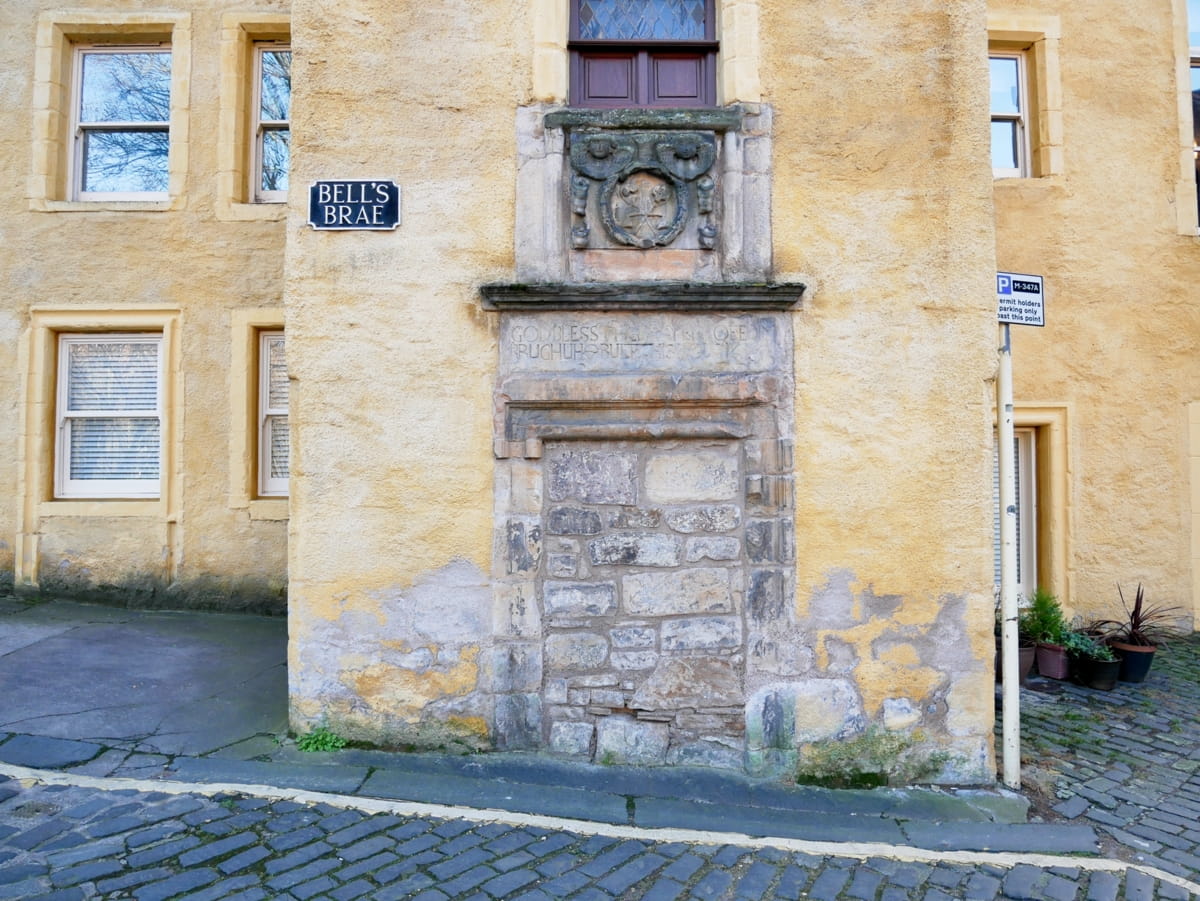
Book Tours in Scotland
The Highlights
1: Wandering through the cobbled streets, visitors can marvel at the well-preserved miller’s houses and the remnants of the watermills along the Water of Leith.
2: The Water of Leith Walkway is a tranquil path that runs through Dean Village and offers a peaceful retreat into nature. It’s a highlight for those who enjoy leisurely strolls or wildlife spotting in this otherwise bustling city.
3: Despite its quaint village feel, Dean Village is conveniently located just a ten-minute walk from Princes Street, Edinburgh’s main thoroughfare. This makes it an easy addition to any travel itinerary, as visitors can immerse themselves in the village’s history without straying far from the city’s central attractions.
Visiting Tips
1: Wondering where to park in Dean Village? You can usually find roadside parking on side roads on the north side of Dean Bridge. Parking is pay-by-the-hour midweek, but it’s free on Sunday.
2: Be aware that many of the historic buildings in Dean Village are residential apartment blocks. While it’s understood that the site is a tourist attraction, residents will not take kindly to people invading their privacy.
3: One of the best ways to discover the history of the area is to listen to a Dean Village tour guide on a mobile device. The tour includes maps and GPS locations, so you’ll know exactly where to go while listening to a narrator describe each location.
Audio Tour: Click here to purchase.
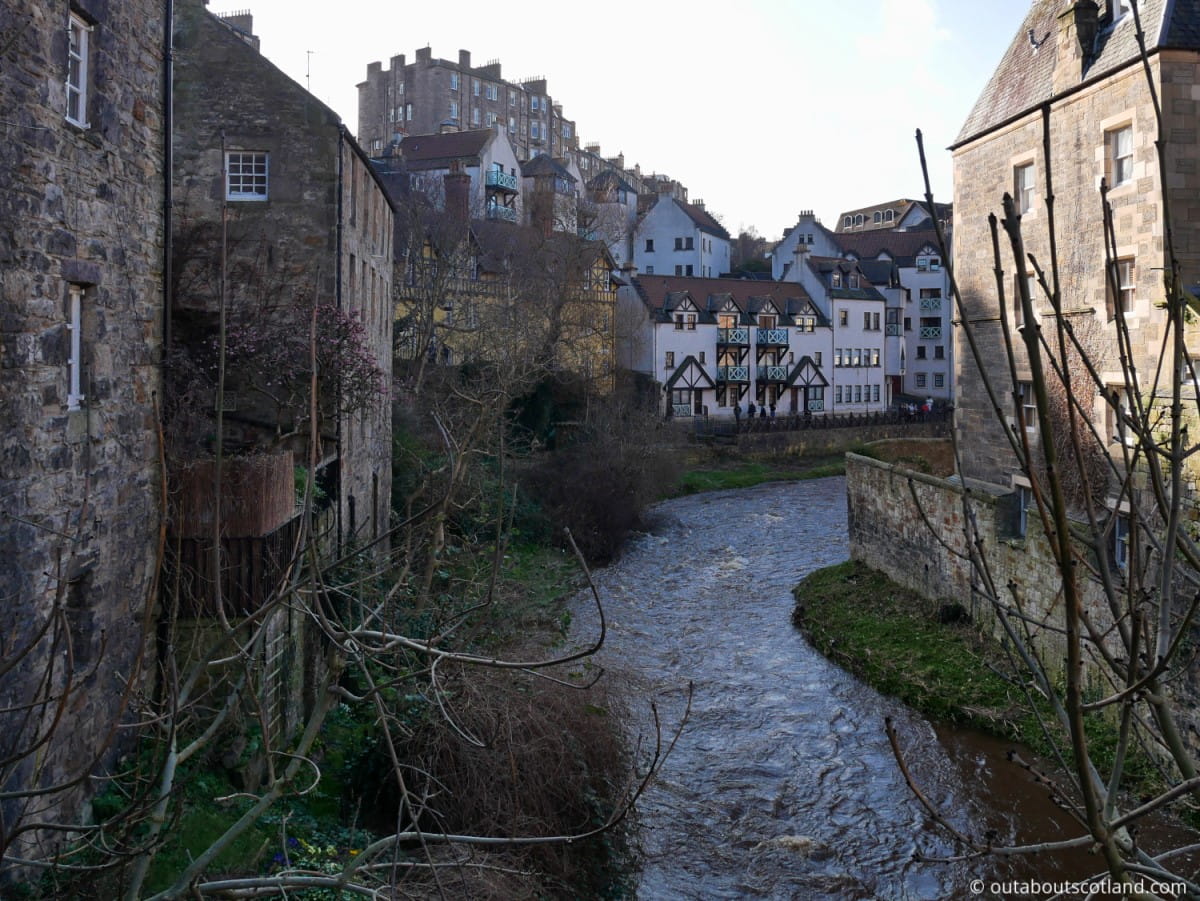
Protect Your Family From Scotland's Biting Midges
- Powerful, reliable protection for up to 8 hours
- Water- and sweat resistant
- Repels midges, mosquitoes, horse flies, sand flies, fleas and ticks
- Safe for use on adults, children over 30 months and pregnant women
- Non-sticky, moisturising with a pleasant fragrance
- Packaging may vary
Tourist Information
The easiest way to get to Dean Village is to walk to the far-western end of Princes Street and turn north up Queensferry Street. Follow the road till you see the Dean Bridge – you can’t miss it – and keep your eyes open for a road called Bells Brae, which turns off at 45 degrees down a shallow slope. Head down Bells Brae, and once you’re at the river, you’re basically in the heart of Dean Village, with the Water of Leith Walkway and Well Court being the main draws for most visitors.
Well Court is a lovely example of 19th-century Scottish architecture and it’s extremely photogenic, but please be aware that it’s also people’s homes, and while it’s popular as a tourist attraction, the residents ask that photographs are not taken through windows. It won’t take you long to explore Dean Village; plan no more than one hour, but you can at least enjoy the lovely walks along the river in both east and west directions after you’ve explored the site.
A good route to follow for a mini-itinerary is to walk over Dean Bridge, head down Bells Brae, admire the serenity of the river and the architecture of Well Court, and then continue down under the bridge to St. George’s Well and St. Bernard’s Well. The wells are historical landmarks in a stunning riverside setting, and from there you can either follow the path onwards to Stockbridge with its stylish cafés and bars, or you can do an about-turn and walk back to the modern art galleries on Belford Road.
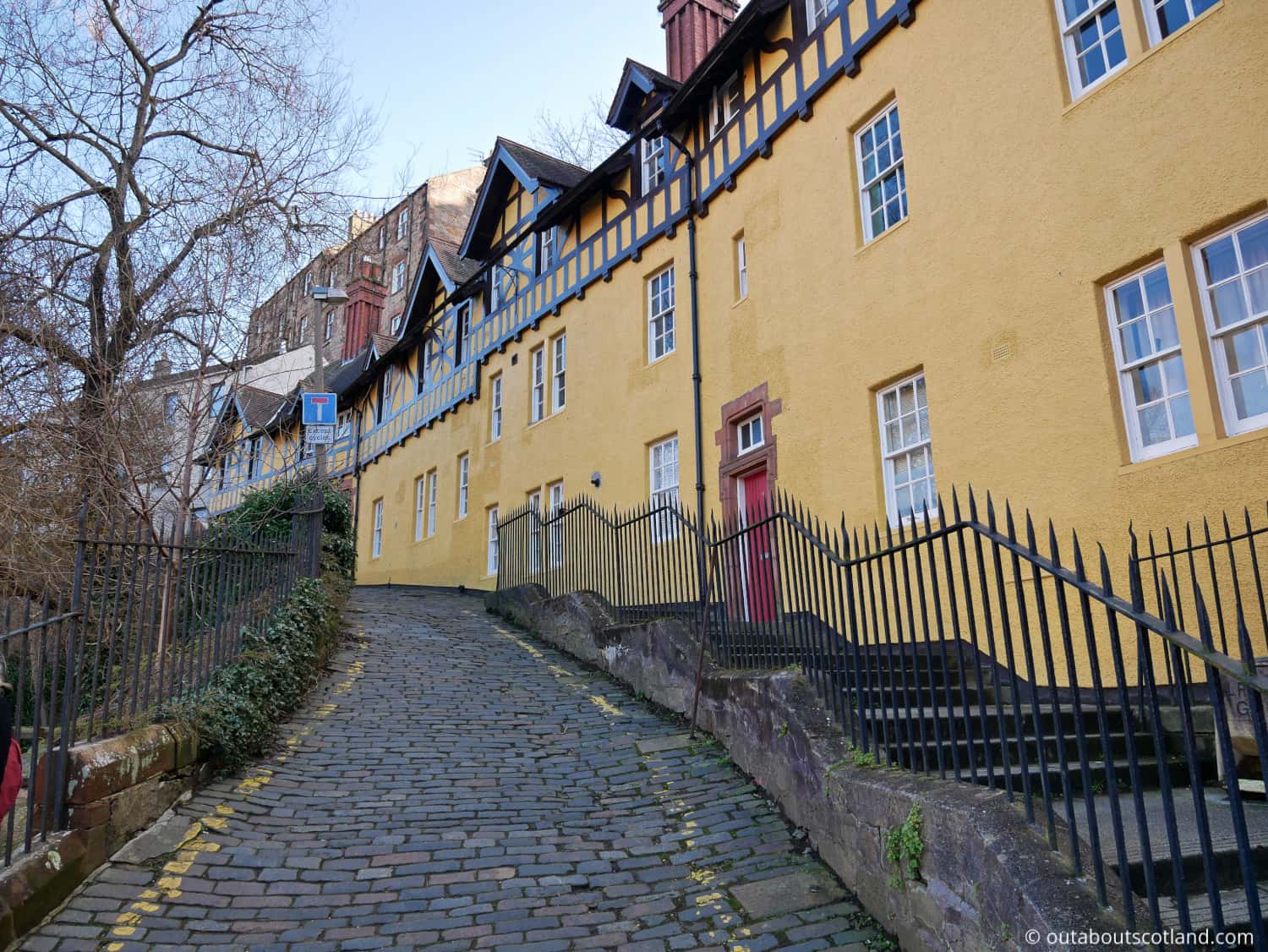
The History of Dean Village
Dean Village developed its numerous mills thanks to the Water of Leith that powered the milling stones that refined wheat crops brought in from across the Lothians.
In total, there were eleven working mills in this one small area of Edinburgh, along with many other buildings to house hundreds of mill workers, but over time, the milling technology improved so that fewer people were needed to produce flour. You’ll see a virtually unchanged example of these buildings at Well Court, the collection of four and five-story tenement flats that were built in the 1880s by Sir John Findlay, owner of the Scotsman newspaper.
Sir Findlay bought the land on which Well Court now stands with the intention of building accommodation for local workers who were ‘a respectable class of working men’, and the buildings soon became highly desirable as housing for young families. Unfortunately, the maintenance of Well Court was decidedly lacklustre, and over time it deteriorated so greatly that by the 1960s it had become synonymous with deprivation and poverty.
The dilapidation was finally reversed in 2007 when the Edinburgh World Heritage Trust recognised Well Court as a site of historical significance and the distinctive red sandstone buildings were brought back to their former glory. Today, Dean Village is once again one of the most sought-after residential areas in Edinburgh.
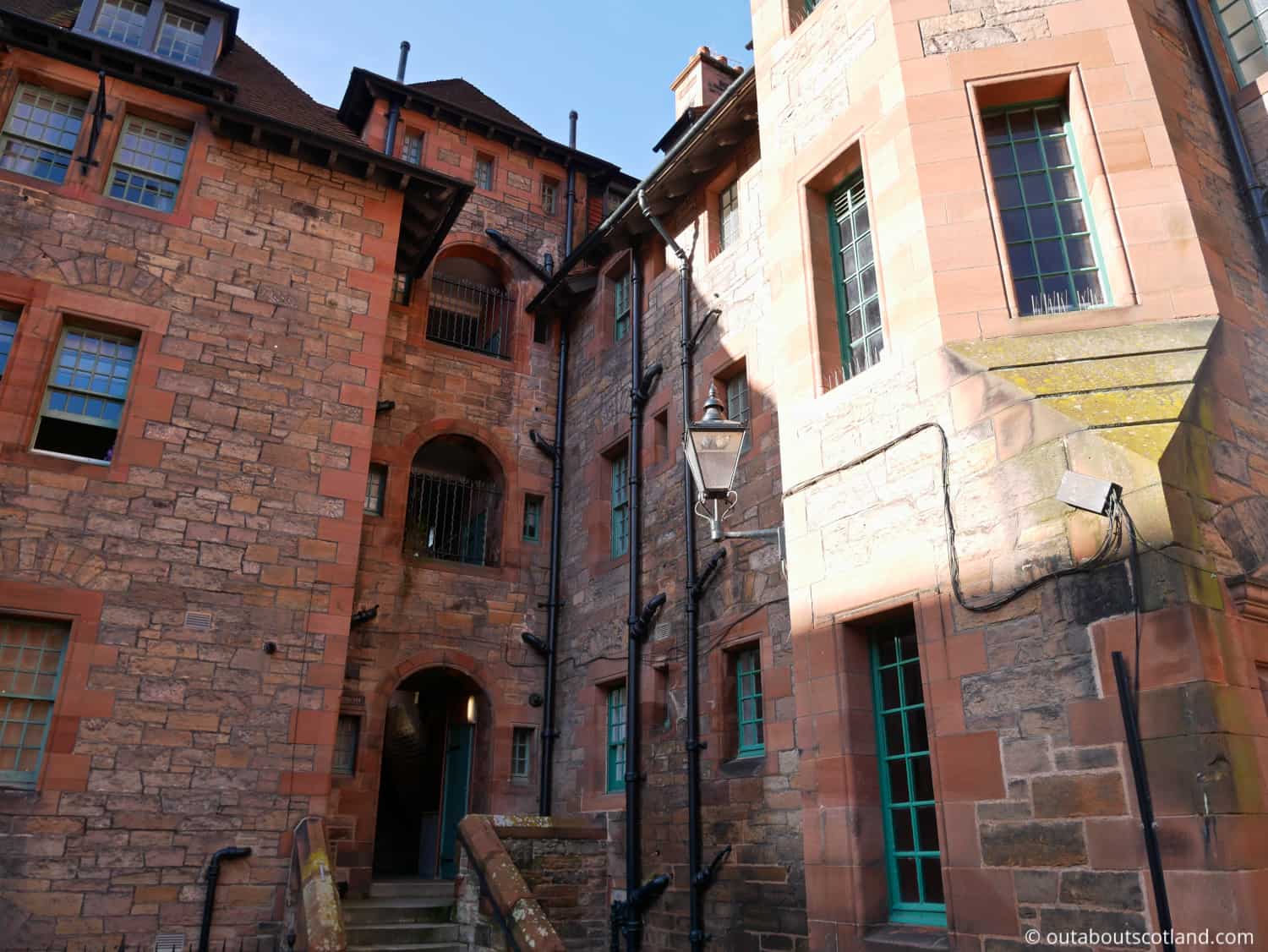
Book Tours in Scotland
Things to Do
Historical Exploration: Step back in time as you stroll through the quaint streets of Dean Village. This former grain milling area has a rich history dating back to the 12th century. Don’t forget to visit the iconic Well Court and Dean Bridge, followed by a wander along the banks of the Water of Leith.
Photographic Journey: Dean Village is a photographer’s paradise with its historic buildings that overlook the serene Water of Leith. Capture the charm of the village at any time of day, but for truly memorable shots wait until the magical golden hour.
Nature Walk: The Water of Leith Walkway, a tranquil path that runs through Dean Village, is ideal for a peaceful nature walk in the heart of Edinburgh. Admire the lush greenery that surrounds the river and spot local wildlife including herons, roe deer, foxes and bats. It’s a perfect way to unwind and connect with nature after a busy day of sightseeing in the city centre.
Enjoy a Picnic: Pack a picnic and enjoy it by the banks of the Water of Leith. The peaceful river setting, combined with the village’s rustic charm, makes for an idyllic setting to relax with a panini purchased from one of the artisan coffee shops on nearby Randolph Place.
Art Appreciation: A short walk from Dean Village will take you to the Scottish National Gallery of Modern Art. Explore Scotland’s contemporary art scene, marvel at the masterpieces on display, and immerse yourself in some of the world’s finest modern art.
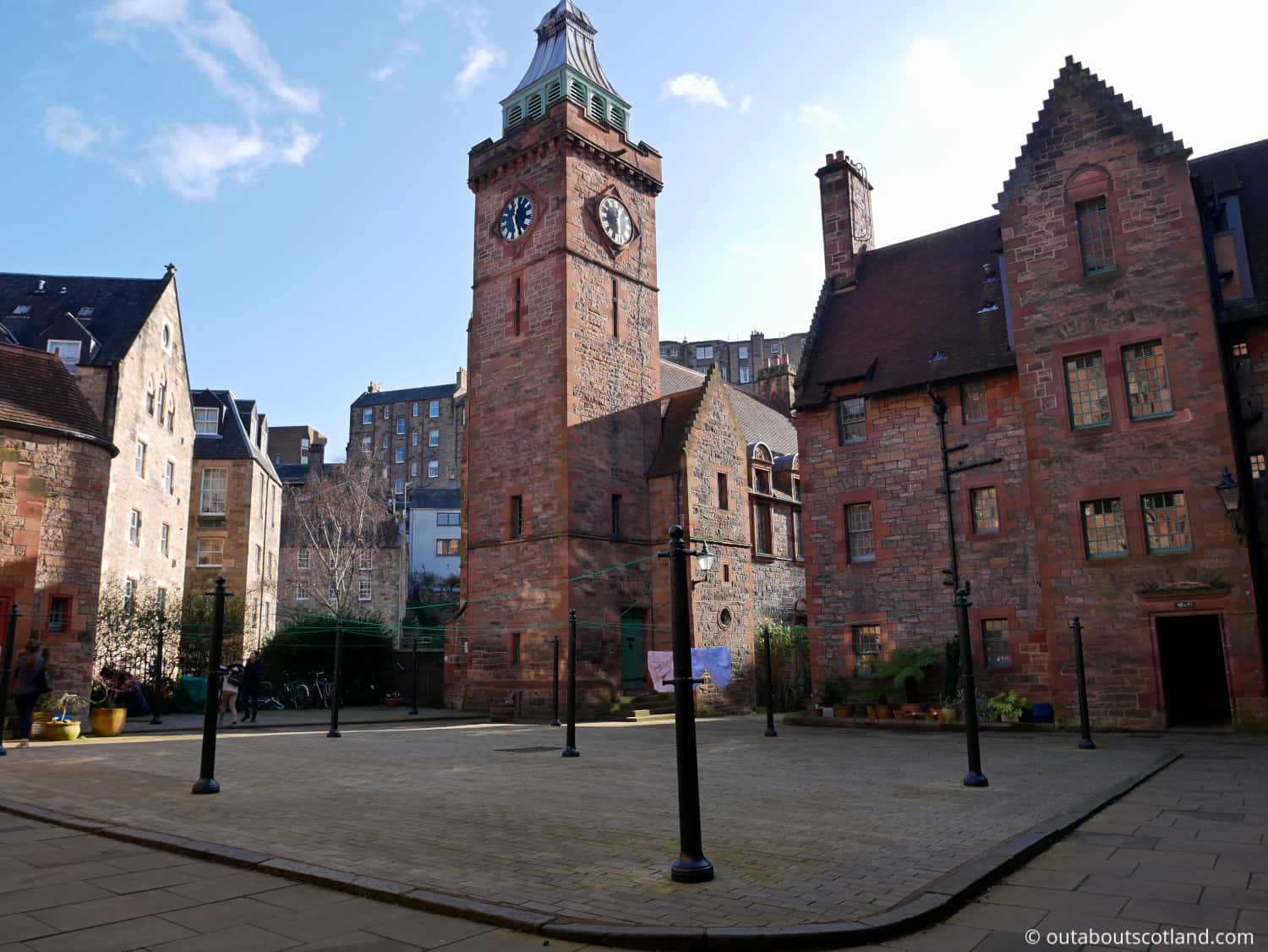
Things to Do Nearby
The Water of Leith Walkway. Damside, Edinburgh EH4 3BE. 5-minute walk.
The Water of Leith is a river that starts in the Colzium Hills outside of Edinburgh and flows all the way to Leith. The majority of the section inside the city has paved pathways alongside it that are suitable for use by all ages and abilities.
Scottish National Gallery of Modern Art. 75 Belford Rd, Edinburgh EH4 3DR. 10-minute walk.
This gallery is divided into two buildings – Modern One and Modern Two – and both feature a range of displays and exhibits by famous artists from the 20th and 21st centuries. There are both free and paid exhibitions, most of which rotate exhibits throughout the year.
The Georgian House. 7 Charlotte Square, Edinburgh, EH2 4DR. 10-minute walk.
An 18th-century luxury townhouse designed by the architect Adam Smith. The National Trust for Scotland is in charge of managing it right now and has put in antique furniture, costumes, and artwork.
St. Bernards Well. MacKenzie Pl, Edinburgh EH3 6TS. 10-minute walk.
Famous Edinburgh landmark set alongside the Water of Leith that lies midway between Stockbridge and Dean Village.
The Ross Fountain. Princes St, Edinburgh EH1 2EU. 14-minute walk.
A cast-iron fountain set in the western end of Princes Street Gardens. The fountain was created in 1872 and represents Edinburgh’s associations with science, the arts, poetry and industry. The fountain is a popular location for tourists as it offers superb photo opportunities of Edinburgh Castle.
Protect Your Family From Scotland's Biting Midges
- Powerful, reliable protection for up to 8 hours
- Water- and sweat resistant
- Repels midges, mosquitoes, horse flies, sand flies, fleas and ticks
- Safe for use on adults, children over 30 months and pregnant women
- Non-sticky, moisturising with a pleasant fragrance
- Packaging may vary
Frequently Asked Questions
Can you live in Dean Village Edinburgh?
Historic Dean Village in Edinburgh has a number of tenement blocks and cottages that are both privately owned and rented. However, these properties rarely come on the market.
Why is it called Dean Village?
The name ‘dean’ derives from the old Scots word ‘dene’ which means deep valley. This refers to the valley that the 106-foot-high, four-arched Dean Bridge now spans.
How long does it take to walk around Dean Village?
Walking around Dean Village will take approximately 30 minutes to 1 hour, depending on your pace. This includes time for taking photos and enjoying the Water of Leith.
Where do I start the Dean Village Walk?
The starting point of the walk is the lefthand turning off The Dean Bridge which leads to Bells Brae. Follow the road to Bells Brae Bridge, turn left onto Damside, then turn left again past Well Court where you’ll find the Water of Leith footpath. You can then cross the bridge and turn left again to return to Dean Bridge.
What is Dean Village famous for?
Dean Village is a historic area located in the west end of Edinburgh. It’s famous for its picturesque streets and preserved 19th-century architecture as well as its proximity to the Water of Leith, a river that runs through the city.







